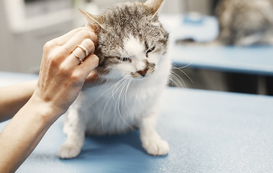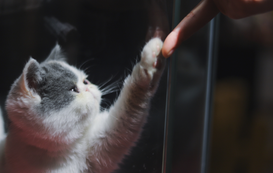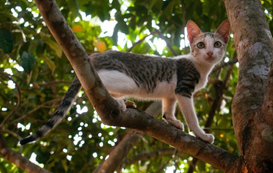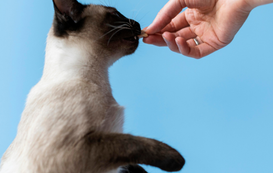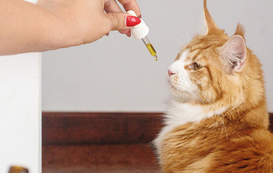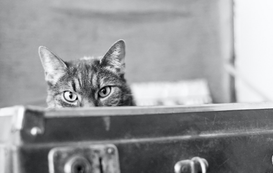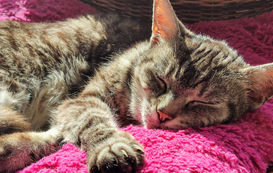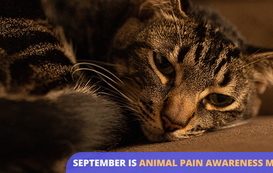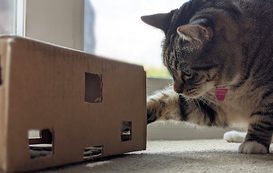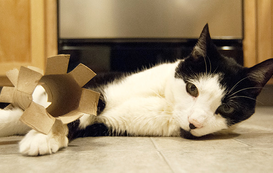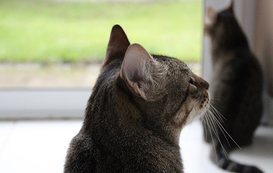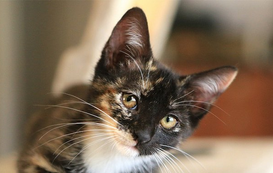- Home
- Cat Sitter Blog
- Cat Health
- Here Are Some Tips For Moving With Pets


Popular posts
Here Are Some Tips For Moving With Pets
Sometimes we’re around our pets so much we start treating them like they’re human, and that’s great. Our furry friends deserve the best possible care we can give them. Sometimes, however, it’s easy to forget that they see the world in many different ways than people.
This is especially the case when it comes to moving. You may see the change as a welcome break from the ordinary, a chance to make more money or make new friends. Dogs and cats, on the other hand, often find the change of scenery disconcerting, even traumatic. So it’s important to show them a little extra love before, during, and after the big day. Here are some tips for doing just that.
What to Do Pre-Move
- If you have a dog, then take her for walks in your soon-to-be neighborhood if possible. This will help her to adjust to the area’s sights, sounds, and smells.
- If you have a cat, then you will want to keep her in a kitty carrier during the actual trip. But remember that your pet will find the sudden confinement disturbing, especially when coupled with a long car or plane ride. Get her used to the carrier by keeping her in it for short periods, preferably while taking her on quick trips around town. This will help her to grow accustomed to the experience, making her less nervous about moving day.
- Start packing as far in advance of the move as possible and take your time. Animals derive their sense of security from having a familiar environment. Packing over several weeks or months allows them to adjust to the altered setting at a pace comfortable to them.
Now let’s look at what to do on the day you pull up stakes.
What to Do on Moving Day
- Keep your kitty confined to an area apart from where all the hustle and bustle will take place or hire a sitter to keep them out of harm’s way.
- Keep your kitty records and a picture of your cat with you as you travel. This is important in case the unthinkable happens and your animal friend somehow gets hurt or is separated from you. Soothe your pet during the trip by talking to her and petting her as you fly or ride. Cats may become sullen or even spiteful under such circumstances. Never punish her for being a little contrary during the trip. She’s stressed and afraid.
- If your trip will require multiple days of travel, then reserve pet-friendly accommodations along your route. Bring one of your pet’s favorite items along and let her see and smell it. A pet’s sense of smell is much keener than a human’s, and a familiar odor will help them to relax.
Okay, the trip is over and you’re in your new home. Here’s what you should do next.
What to Do Upon Arrival
- Update your cat’s microchip, tags, and records as soon as possible.
- Confine them to a room where they have access to toys, bedding, etc., from your old home. Allow them to explore the home as you settle in.
- Make sure they stay put. The last thing you need is to go on a cat-finding expedition in your new neighborhood. Yet animals will sometimes make a break for it if they’re spooked or unhappy.
Moving is tough on cats. But following the tips in this post will help your four-legged friends to make the adjustment with minimal stress. Sometimes we’re around our pets so much we start treating them like they’re human, and that’s great. Our furry friends deserve the best possible care we can give them. Sometimes, however, it’s easy to forget that they see the world in many different ways than people.
Special thanks to our contributor: ourdogfriends.org
Additional sources:
- moving – https://www.redfin.com/blog/2016/07/how-to-prepare-your-pet-for-a-big-move.html
- traumatic – https://www.aspca.org/pet-care/general-pet-care/moving-your-pet
- familiar environment – https://absolutek9.com/helping-pets-adjust-to-new-situations/
- stay put – https://www.thespruce.com/ways-to-help-cat-with-new-space-2436403









